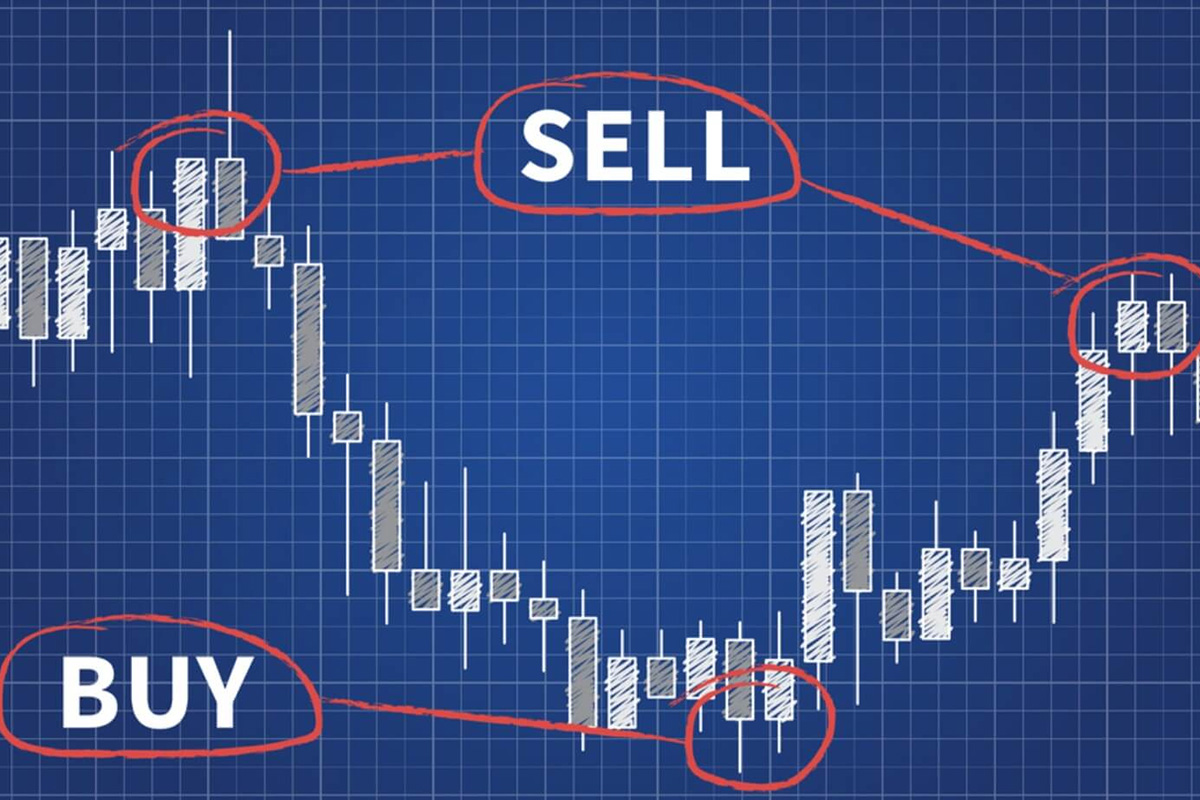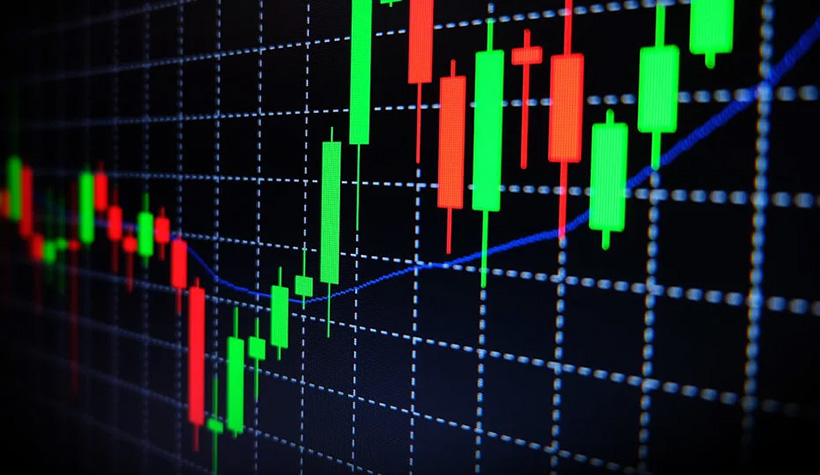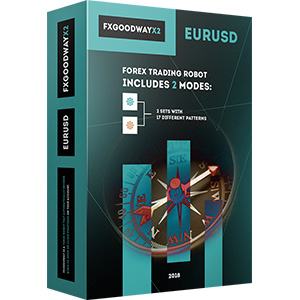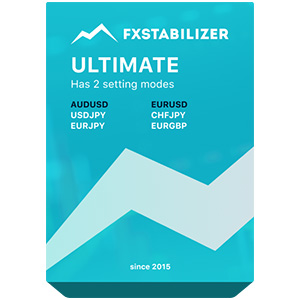
外汇市场以其多样性和众多机会吸引交易者。一方面,它无法被绝对预测和“计算”。总会有意外情况的发生。然而,它取决于许多可以被检测和分析的因素。外汇信号帮助我们在交易中取得成功并获得更多利润。本评论有助于理解什么是外汇信号,并解释如何使用不同类型的信号。
外汇信号的基础知识
外汇信号是通知交易者何时进入或退出交易的警报。它们提供深入的信息,使您能够做出明智的决定。通常,信号包含购买或出售某种货币的价格和时间。了解信号并选择正确的信号能够极大地简化您的交易日常。
每个信号基于两种类型的指标:基本和技术。第一组包括政治事件、经济新闻和其他影响外汇市场的环境因素。第二组是基于价格图表的图形和数学工具。它们共同构成了为交易者提供有意义的交易提示的坚实基础。
理解外汇信号的组成部分

了解如何阅读外汇信号很重要。它们不仅仅是建议您买入或卖出的建议。这是一个更加复杂的工具,对所有组成部分的良好了解对于盈利交易是必要的。信号为您提供全面的指导,其中的每个部分对于开立正确的头寸至关重要。以下是您应该注意的关键要素:
- 货币对。毋庸置疑,每个信号都是基于信号相关的货币对。
- 买入或卖出。信号说明您应该开仓的仓位:多头或空头。
- 价格。此组件显示您建议进入市场的精确价格。
- 止损水平。它指示如果趋势朝不利方向移动,仓位将自动关闭的价格。
- 获利水平。这是您可以保障利润的水平。它也是外汇信号的一部分。
- 时间框架。此组件指示信号有效的时间长度。
- 附加细节。一些外汇交易警报包含更多信息或分析细节,以解释给定的建议。
要通过经验解释所有外汇信号,您需要一些时间。但考虑并理解所有这些组件将为您提供市场的整体图景,并赋予您的行动意义。
不同类型的外汇信号

最常见的分类将所有外汇信号分为两种类型:手动和自动化。自动化信号由外汇信号软件提供,该软件自动分析大量数据。它们通常被称为专家顾问或外汇机器人。它们快速且无偏见。如果您习惯依赖技术,您可以找到最佳外汇机器人并立即开始使用它们。
第二个选项是手动外汇信号,由经验丰富的交易员和分析师提供。这种类型不仅包括技术数据,还包括当前的经济和政治形势。制作这些信号的专家依赖于他们的经验和对市场的理解。如果您重视更深入的方法并信任个性,那么这是您的选择。
在用于分类外汇信号的其他因素中,值得一提的是它们的成本。您可以找到免费或付费的变体。当然,后者更可靠,但前者可以完全满足初学者的需求。最后要注意的是,一些供应商允许交易员定制警报并调整传入信息以符合其策略和偏好。您深入研究一个主题,就会发现越来越多的类型、子类型和细节。
评估和选择外汇信号
现在您知道外汇交易中的信号是什么,让我们学习如何评估和选择它们。了解这一点将帮助您避免不必要的和造成损失的错误。以下是需要注意的内容:
- 供應商的聲譽。這是一個實際上是主觀的關鍵因素。根據您的經驗和風格,您可能需要不同的供應商。然而,仍然有一些因素使得優秀的顧問脫穎而出。查看證詞、客戶滿意度率和表現歷史。所有這些信息您都可以輕鬆在互聯網上找到。
- 使用的方法論。正如您已經知道的,一些有利可圖的外匯信號更多地基於技術數據,而一些利用基本因素。查看方法並選擇最相關的方法。
- 包括的組件。確保所選信號包括有關止損和止盈水平、時間框架、風險/回報比率和其他必要元素的信息。
- 物有所值。如果您負擔得起付費選項並且預期利潤將是顯著的,您可以考慮支付訂閱費。
- 客戶支持。這是一個真正有用的服務,為外匯信號提供商增加價值。
有效使用外匯信號

如果您懷疑如何有效使用外匯信號,請從選擇正確的供應商開始。然而,這只是使用它們的第一步。當您完成這項任務時,不要盲目執行所有建議,而是巧妙地將它們整合到您的策略中。同時,估計現有的限制和風險是很重要的。這是一種全面的方法,可以帶來驚人的結果。
當您收到信號時,您仍然可以根據您的風格、存款和風險容忍度來修改您的交易。例如,您可以調整止盈訂單並根據您的自由保證金水平選擇交易大小。因此,請記住外匯信號只是建議,您可以靈活運用。
外汇信号的优势和局限性
了解外汇信号并在其基础上制定策略需要权衡它们的利弊。以下是优势:
- 专家和技术分析了大量数据,为您节省了大量时间。
- 高水平的专家分析。
- 教育价值,尤其适合新手交易员。
以下是劣势(或局限性):
- 没有人对可能的损失负责。
- 您可能过度依赖它们而失去控制。
- 成本 - 在某些情况下,它们可能很昂贵。
外汇信号是一种有价值的工具,它有其缺点和局限性。尽管如此,它们非常受欢迎,并每天为交易员带来大量利润。
最后一点
在本文中,我们尝试解释如何理解外汇交易信号。认为自己是专业人士的交易员使用多种工具和方法来充分利用市场。无论是手动还是自动的FX信号,都可以成为其他策略的很好补充。因此,如果您计划深入研究外汇交易,使用这些专家信号将是明智的决定。









